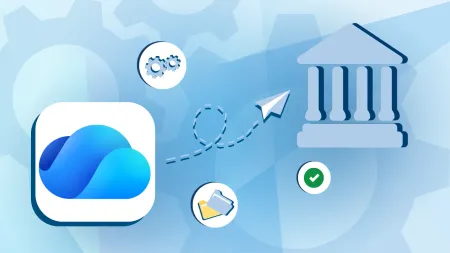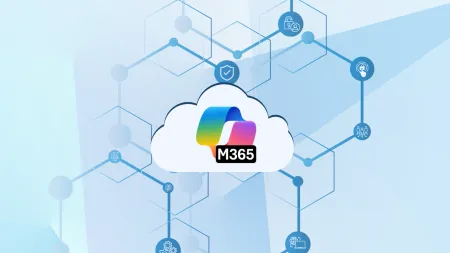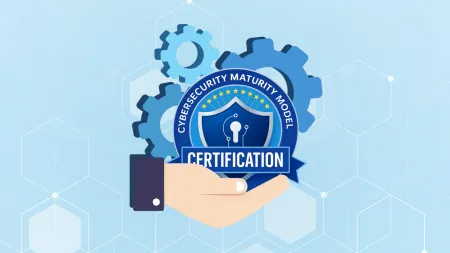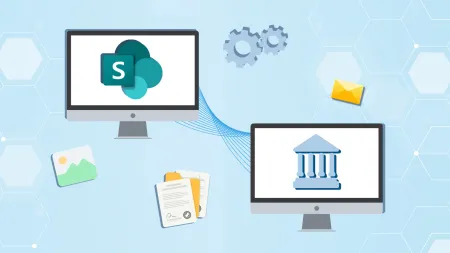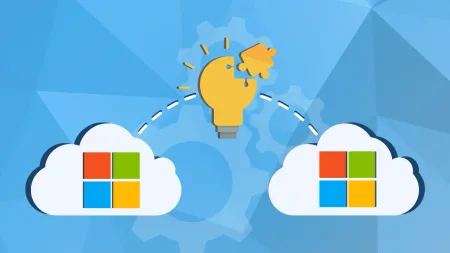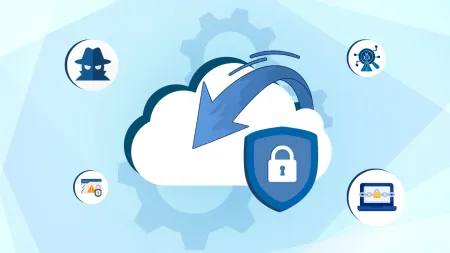Managing your Organization's Data-Backup on the Cloud
Learn how to efficiently manage your organization's data backup on the cloud. Discover strategies for optimizing backup processes, reducing storage costs, and ensuring data availability and disaster recovery.

Backing up your data is one of the most important steps you can take to protect your business. It ensures you can recover quickly if something goes wrong—like a cyberattack or a natural disaster—and keeps your team connected to the tools they rely on. But with the amount of data businesses generate today, traditional backup methods aren’t always up to the task. That’s why many companies are turning to cloud-based backup solutions. They’re simple, cost-effective, and scalable, but they come with their own challenges.
Secure Your Data with FedRAMP-Compliant Backup!
Safeguard your sensitive data with Agile IT’s trusted, government-approved backup solutions specifically designed to meet the needs of federal contractors like you. Stay compliant and secure the future of your operations today!
Here’s why cloud backups matter and how to manage them effectively for your organization.
What is Cloud Data Backup?
Every business needs a solid backup plan to keep things running smoothly, especially when unexpected problems come up. Back in the day, physical backups—like hard drives—were the standard. But now, most companies are turning to cloud-based backups because they’re more convenient and reliable.
Cloud data backups, sometimes called remote backups, store your data on offsite servers that are managed by a third-party provider. They’ve become a must-have for modern businesses, making it easier to recover from setbacks and support remote work and team collaboration.
Why Backing Up to the Cloud is a Smart Move
Without a reliable backup system, your business risks losing important information during a disaster. That could hurt your reputation and even lead to financial losses. Having a solid cloud backup strategy makes it easier to restore data quickly, keeping downtime to a minimum.
Cloud backups are also a cost-effective solution. You don’t need to buy or manage physical storage devices, and you won’t have to find space to keep them. Cloud services let you schedule backups automatically, and recovering your data is faster than with traditional methods. Instead of waiting to retrieve files from a distant facility, you can access your data quickly while keeping it safely stored offsite.
How Cloud Backups Work
Cloud backups are managed by third-party providers, and their costs depend on factors like storage space, bandwidth usage, and the number of users. Once you’ve set it up, the backup software runs on a schedule—usually daily. It compresses, encrypts, and securely transfers your data to the provider’s servers. After the first full backup, incremental backups are performed. These only update the changes made since the last backup, which saves bandwidth and reduces costs.
If you’re looking for FedRAMP-compliant solutions, Agile IT offers trusted options tailored to federal contractors.
Best Practices for Managing Cloud Backups
To get the most out of your cloud backups, here are a few practical tips to keep in mind:
Stick to the Rules
Every business has rules to follow when it comes to handling data, like GDPR or CMMC. Encrypting your backups not only helps you stay compliant but also keeps your data safe and secure in the cloud.
Back Up What’s Important
You don’t need to back up everything. Focus on the files and systems your business relies on the most. This keeps things simple, saves storage space, and ensures your most critical data is always protected.
Let Backups Run Automatically
Set up automatic backups so you don’t have to remember to do it yourself. This way, your data gets backed up on a regular schedule without any extra effort. For most businesses, doing it weekly works just fine.
Check on Your Backups
Even with automation, it’s always smart to check in from time to time. Make sure everything is running as it should, and set up alerts to catch any problems early. A quick check now can save you a lot of trouble later.
Test Your Backups
It’s one thing to back up your data, but can you actually restore it when you need to? Run tests every few months to make sure everything works as expected. If there’s a problem, it’s better to find out during a test than in an emergency.
Have a Backup for Your Backup
Never rely on just one backup method. Use the 3-2-1 rule: keep three copies of your data, store them on two different types of storage, and make sure one copy is stored offsite. This gives you multiple safety nets if something goes wrong.
Keep Your Business Safe with Agile IT
A strong backup plan does more than protect your data—it keeps your business running smoothly when unexpected challenges arise. It minimizes downtime, ensures your team stays productive, and helps you avoid the high costs of disruptions.
At Agile IT, we’ve helped over a million accounts move to the cloud, building backup strategies that truly support your business. Whether you need to enhance security, reduce downtime, or just feel more prepared, we’re here to help.
Contact us today to talk about how we can keep your business running no matter what comes your way.
